
By: AndyC
Added: 14 February 2025
If you've been diagnosed with osteoarthritis (OA), you might feel that you need to rest and avoid everything that loads up on your knees.
But here’s a surprising fact: more, not less, movement is one of the most useful ways to treat knee osteoarthritis.
Why Strength Training Is Helpful
Osteoarthritis happens when joints lose their cartilage, resulting in pain, stiffness, and loss of mobility. There is no method of reversing it, yet there is a large body of evidence [1] that shows that strength training can reduce pain, function more effectively, and even stop progression of OA.
Here's how:
Stronger muscles = reduced joint strain – Your muscles support and stabilize your knees. The stronger you are, the more weight is removed from the joint, reducing pain.
- Better mobility and flexibility – Enhanced movement in and around the knee joint means you can stand up from a sitting position in a chair or walk up a flight of stairs more easily and without discomfort.
- Reduced inflammation - Resistance training minimizes the amount of inflammation, a condition that is typically linked to causing pain and stiffness.
- Long-term protection - Supporting the muscles around your knee prevents further injury and reduces the risk of a fall or injury.
What Kind of Strength Training is Effective
Not all exercises are created equal when it comes to osteoarthritis. The most crucial is to do controlled, low-impact strength training that builds muscle and stability without making your symptoms worse. Some of the better places to begin are:
- Bodyweight exercises that involve squats, step-ups, and glute bridges can be employed to gain strength without putting undue stress on your knees.
- Resistance bands or light weights - Seated knee extensions and hamstring curls can be utilized to work around your knees without high impact.
- Functional movements - Movement that mimics real-life actions (sitting and standing, for example) builds muscle in a way that is transferable to every day life.
And most of all, it’s a question of determining what is right for you. Some enjoy doing strength work three times a week, while others must start at a lower point of intensity and build up to it. The key is to listen to your body and adapt accordingly.
If knee pain has been getting in your way, do not believe that exercising is impossible.
The right strength training program can also reduce pain, increase mobility, and allow you to be active in the years to come.
If you’re not sure where to start, I can help you.
Whether you need a strict strength training regimen or a consultation regarding what exercises would be most beneficial to you, I am here to talk to you.
Get in touch and let's start to build up those knees!
More Personal Training News

The power of consistency to build a fitness routine that sticks
We all know how tough it is to stick to a fitness plan. Life gets busy, motivation fluctuates, and sometimes exercise slips down our priority list..

Can eating your way to healthy aging make a BIG DIFFERENCE
When it comes to healthy aging, many people often focus solely on exercise. While staying active is crucial, recent research highlights just how powerful our diet is in determining our health as we age..

Is Fluoride in the water a helpful fix or just covering the cracks
There’s talk again about adding fluoride to drinking water (this time in Plymouth) as a way to tackle rising levels of tooth decay, especially in children..

Simple Mobility Exercises to Relieve Stiff Joints
If you're spending all day at a desk, you've probably had to put up with creaking joints, cramped muscles, and occasional aches. The bright side?.

How to manage stress while maintaining good health
Life in a high-pressure job can be demanding, and stress often feels like an unavoidable companion..

Is GLP1 a New Tool in the Fight Against Obesity
The UK government recently announced [1] a major trial investigating weight-loss drugs like GLP-1 agonists (e.g., tirzepatide) as part of the ongoing strategy to tackle rising obesity..

Why New Year's Resolutions often fail and how to Succeed
Did you know that a huge number of people (nearly 80%) give up on their New Year's resolutions by February?.

Gut Health The Game Changer for 2025
Gut health is fast becoming the wellness buzzword, and for good reason..

Understanding and Implementing Contrast Strength Training
Strength training has evolved into a science, and one method standing out in both athletic performance and general fitness is contrast strength training..
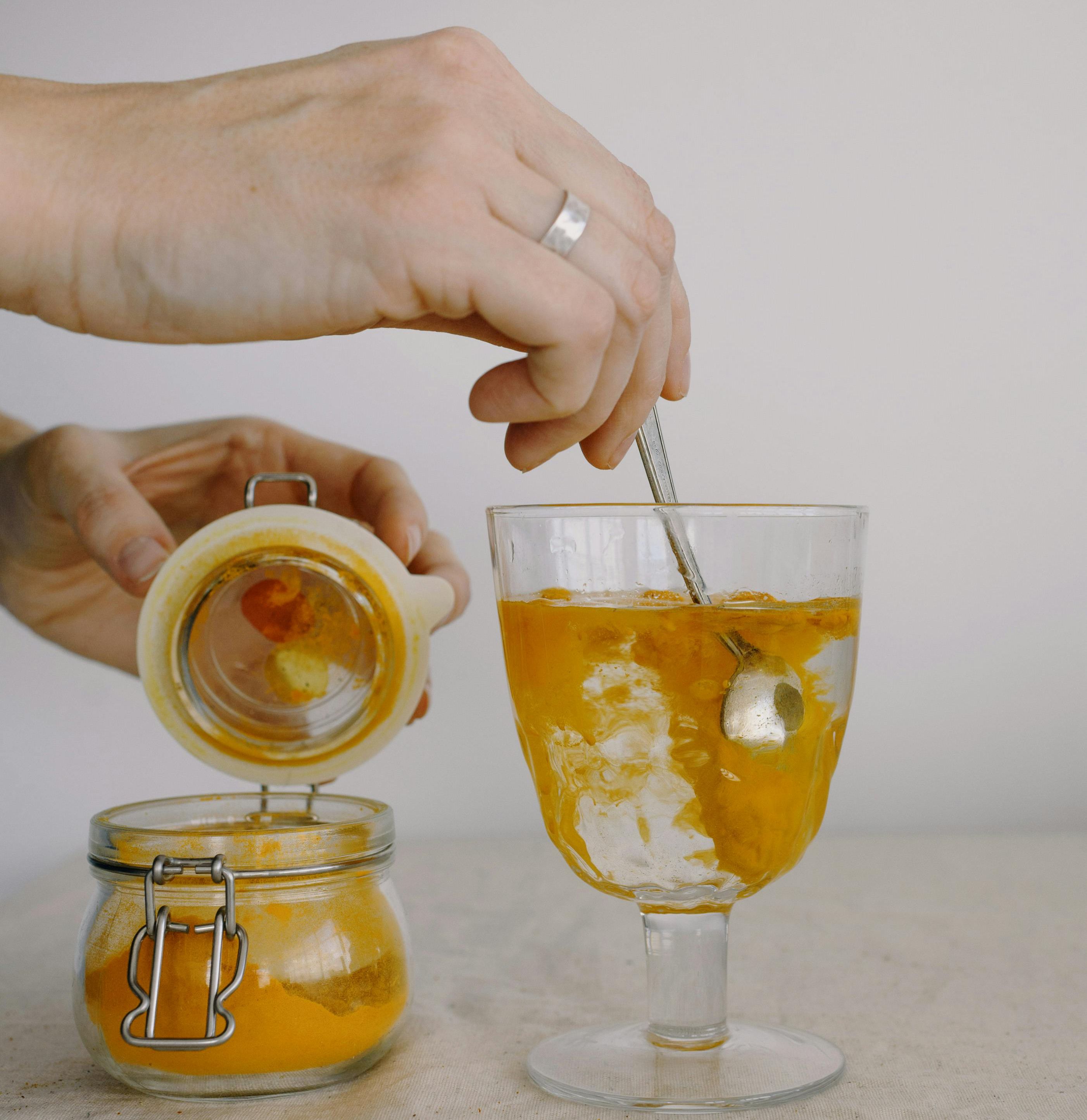
Turmeric: The Golden Spice of Health and Fitness
Turmeric, a vibrant yellow spice native to Southeast Asia, has gained global recognition not only for its culinary appeal but also for its impressive health and fitness benefits..

Sitting too much is harming your heart
Modern lifestyles have made prolonged sitting a daily norm, from long office hours to unwinding on the couch..

Why High Calorie Restriction Diets Don't Really Work
When people want to lose weight fast, the first instinct is often to drastically cut calories, believing that eating less will lead to quick fat loss..

Strength Training Builds a Foundation for Lifelong Health
As we age, maintaining our physical health becomes increasingly important, yet many people still believe that getting stronger is something reserved for younger years..
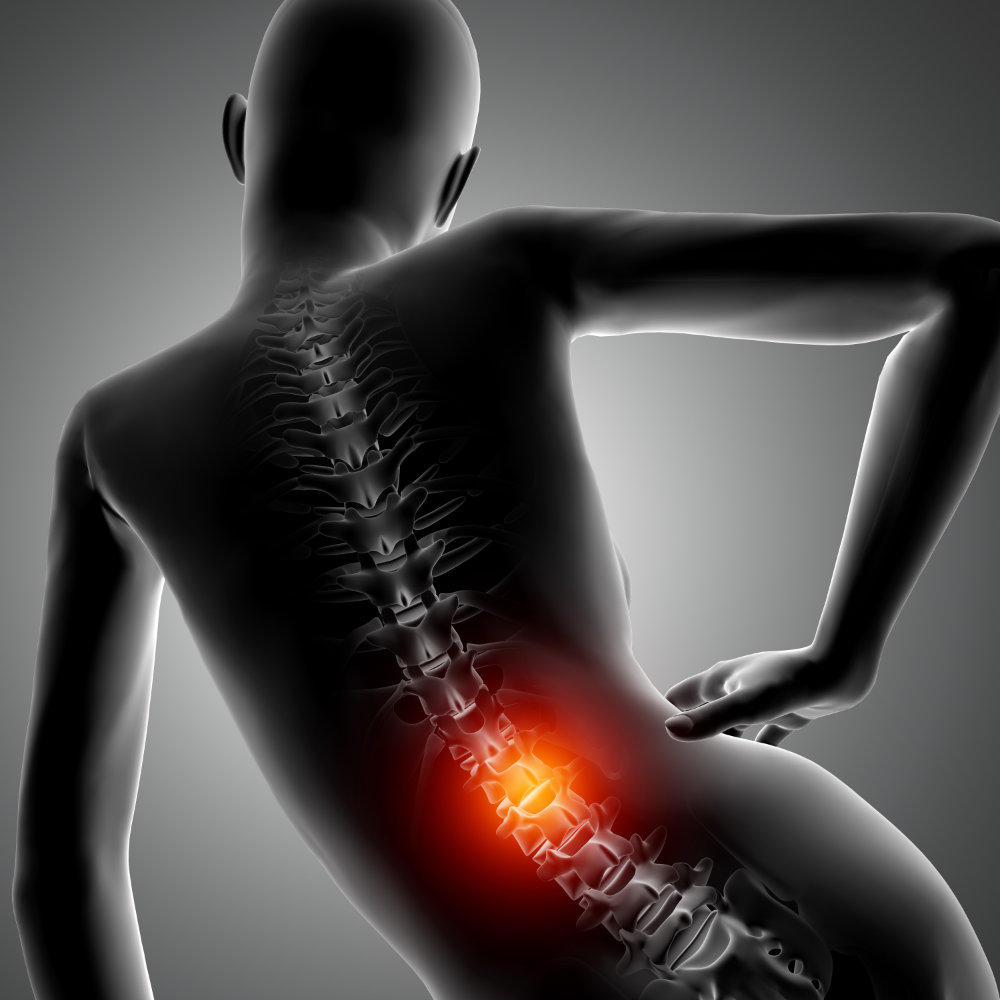
Top 10 benefits of Resistance Training has for treating the symptoms of lower back pain
Resistance training offers lots of benefits for treating the symptoms of lower back pain, making it an essential part of a pain reductions programme..
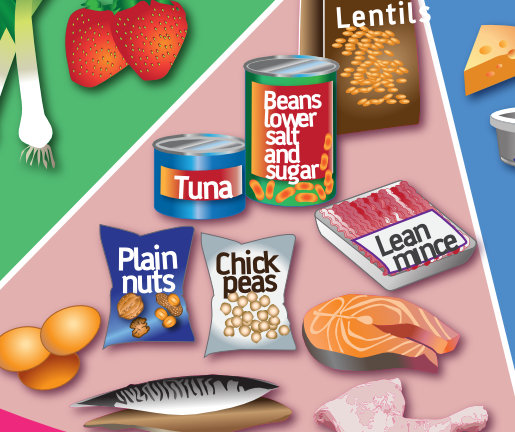
The Power of Protein: Why your body needs it
What exactly makes protein so essential, and how can you ensure you're getting the healthiest sources?.

Is a periodised training programme only beneficial for athletes
When it comes to achieving optimal fitness and performance, the concept of periodised training has long been a cornerstone in the world of athletics..

Can Exercise Reverse Type 2 Diabetes
Different forms of exercise, from aerobic activities to resistance training and HIIT, offer unique benefits in improving insulin sensitivity and overall health..

Is Exercise a Natural Antidote to Depression
Incorporating physical activity into your routine can contribute to a brighter, more resilient mental state..
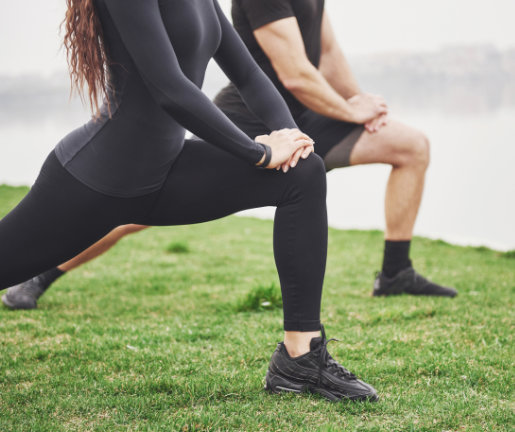
Does Static Stretching Before Exercise Decrease Performance
Numerous scientific studies have shown that static stretching before exercise can actually have a negative impact on performance..

The Benefits of Resistance Training for Children
Resistance and weight training have long been associated with building muscle and improving strength in adults. However, there is a growing body of evidence suggesting that these forms of exercise can also be highly beneficial for children and adolescents..

Is Strength Training good for managing the Menopause
Menopause is a significant phase in a woman's life, marked by hormonal changes that can bring various physical and emotional challenges..
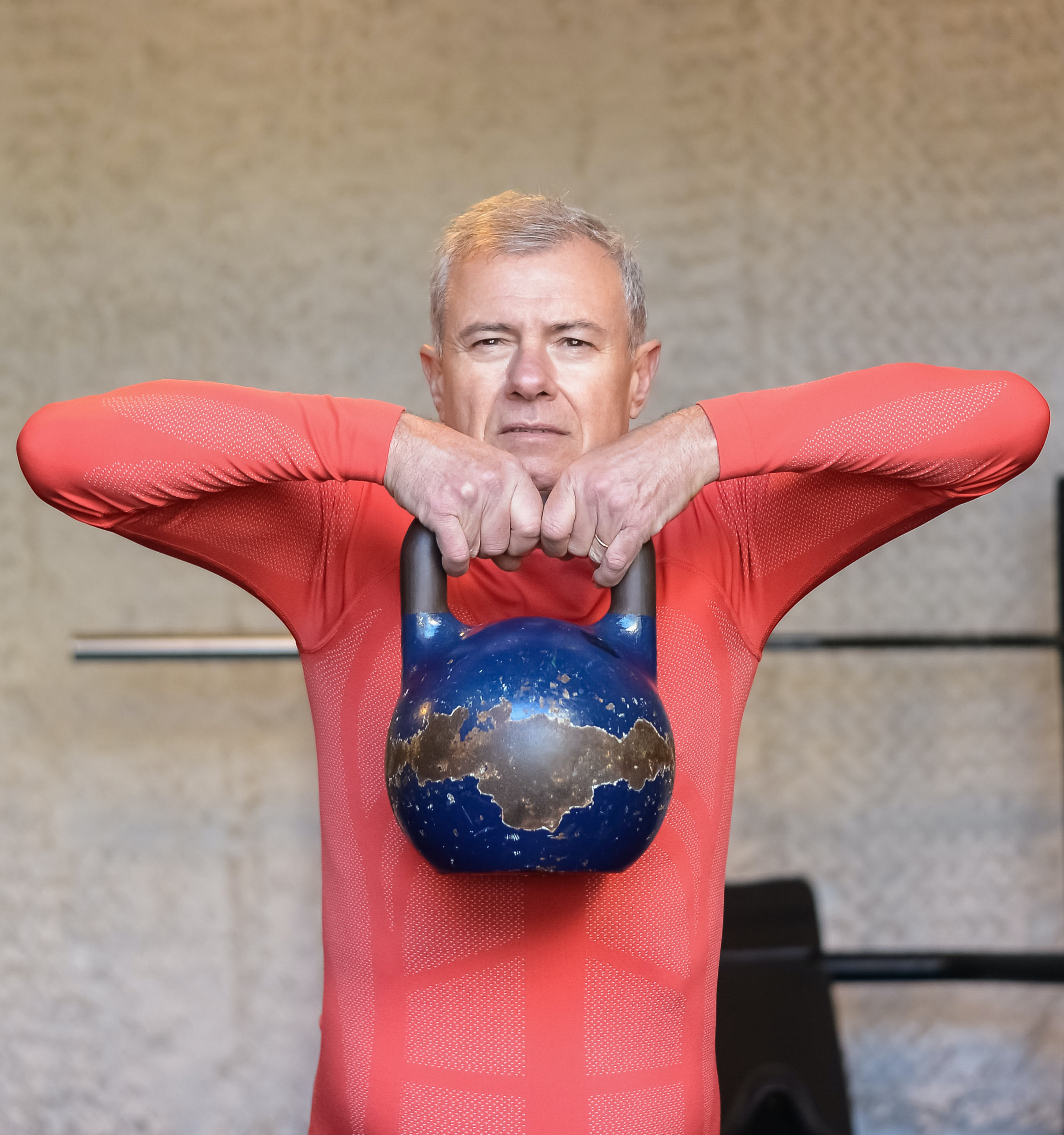
Is the Kettlebell the Ultimate Workout Tool
In the realm of fitness, the search for the ultimate workout tool is endless. When it comes to efficiency, versatility, and effectiveness, I think it could be the kettlebell..

Use it or lose it as the old saying goes
As the years go by, it is commonly believed that our bodies inevitably lose muscle mass, bone density decreases, and overall strength declines. However, scientific evidence suggests otherwise..

Don't be a cave man....be active this autumn
The nights getting darker and temperature dropping signal a time for cozy evenings and warm comfort foods. With this change in season also comes a tendency to slow down, exercise less, and indulge in calorie-rich treats..

Hypertension and High Intensity Interval Training
If you’re currently suffering from hypertension or pre-hypertension then perhaps carrying out some form of High Intensity Interval Training (HIIT) might be able to help reduce it..